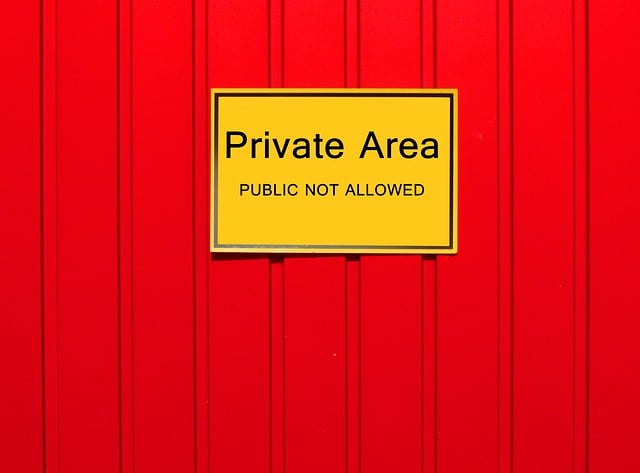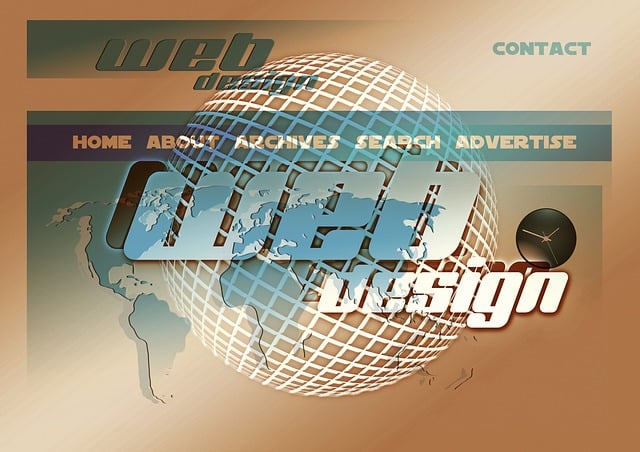So, what is involved in this process? Title Tags are the most basic component of this.
Titles both attract readers and tell search engines what the page is about.
Think about how the cover of a book attracts readers; this is exactly what title tags do.

These are short descriptions that appear in search results.
A good meta description increases the user’s willingness to click on the page.
So, with an impressive sentence, you can make the reader say “Come on, click me!”. Content Quality is also a must.
Search engines prioritize pages that offer quality content that addresses users’ needs.
Imagine that you are giving information to a friend about a topic.
Presenting the information in a clear and understandable way is the best way to engage the reader.
Keyword Usage also plays a critical role.
Using keywords in the right places and with sufficient frequency increases the visibility of your page.
But beware!
Keyword stuffing can have the opposite effect.
Finally, strengthen the internal structure of your page with Internal Links.
This both improves the user experience and helps search engines understand your page better.
In short, the basic elements of On-Page SEO are the building blocks that determine the success of your website.
On-Page SEO: The Key to Increasing Your Website Visibility
Title and Meta Descriptions are the cornerstones of this optimization.
Your title should clearly state what your page is about.
An attention-grabbing and compelling title can get users to click.
Meta descriptions are short summaries that appear in search results.
Using your keywords in these sections is another way to increase your visibility.
But the important thing here is to inform and attract users.

Search engines want users to access the information they are looking for quickly and effectively.
For this reason, your content must be original, informative and fluent.
You should also inform without distracting the reader by using keywords in a natural way.
Short paragraphs and subheadings make your content more readable.

Adding appropriate alt text to your images will help search engines understand your content better.
Remember that a fast-loading site improves the user experience, which means a better ranking in search engines. On-Page SEO is the key to increasing your website’s visibility.
Using the right techniques, you can create content that appeals to both search engines and users.
Being careful and strategic in this process will take you one step ahead.
What is On-Page SEO?
What You Need to Know for a Successful Strategy
Keyword Usage: First, it is very important to use keywords strategically in your content.
Placing keywords naturally in the title, subtitle and text helps search engines understand your content.
However, avoid overusing these words because overdoing it can damage your SEO.
So, you need to place them in a balanced way. Meta Descriptions and Title Tags: Another critical point is meta descriptions and title tags.
These elements are the first things users see in search results.
A remarkable meta description can attract users to your page.
Remember, title tags also give clues about the content of your page.
Therefore, they need to be both informative and attractive. Internal Linking: Internal linking means adding links to other pages on your site.
This both makes it easier for users to navigate and shows search engines that your pages are related to each other.
It also keeps users on your site longer, which is a positive sign for SEO. Speed and Mobile Compatibility: It is now very difficult to move forward without a mobile-friendly website.
Speed is just as critical.
Users show more interest in fast-loading pages.
A slow site can cause you to lose users.
So, your site must be both mobile-friendly and fast. Image Optimization: Images are also an important part of on-page SEO.
By optimizing the file names and alt texts of your images, you can ensure that search engines understand your images.
Also, don’t forget to compress your images to avoid increasing page load time.
On-Page SEO is vital not only for search engines but also for user experience.
Developing a successful strategy not only increases the visibility of your content, but also ensures that visitors spend more time on your site.
Boost Your Website: The Essential Elements of On-Page SEO
Title and Meta Descriptions: The title opens the door to your page; the right title grabs the reader’s attention.
Meta descriptions are short descriptions that appear in search results.
Filling these fields effectively can increase your click-through rate.
Remember, this is like an advertising space; you should use persuasive language to attract readers. Content Quality: User-friendly and quality content is the backbone of SEO.
Readers visit your site to access information.
By providing them with valuable information, you can keep them coming back.
Your content needs to be fluid, clear and attention-grabbing.
You should use short paragraphs and subheadings to emphasize important points within the text.
This helps the reader to digest the information quickly without straining their eyes. Internal Links: Linking between pages improves the user experience.
By adding links between related content, you can keep visitors on your site longer.
Also, this method shows search engines the scope of your site. Mobile Compatibility: Today, access from mobile devices is increasing day by day.
Making your website mobile-friendly is vital for both user experience and SEO.
A site optimized for mobile users allows you to achieve better rankings.
On-Page SEO Tips: How to Rank High in Search Engines
Keyword Usage: Keywords are the cornerstones of content creation.
Choosing the right words and placing them in a natural way is critical to attract the attention of search engines.
Make sure to use your keyword in a balanced way in the title, subheadings and within the text.
But be careful!
You should use the keyword in moderation.
Otherwise, search engines may perceive it as spam. Title Tags: Title tags are important elements that affect both user experience and SEO.
Use the H1 tag for the main title of your page, then organize your subheadings with H2 and H3 tags.
This structure allows both readers and search engines to better understand your content.
Remember, your headings must be attention grabbing! Meta Descriptions: Meta descriptions are short summaries that appear in search results.
A good meta description should grab the user’s attention and increase the click-through rate.
Write descriptions between 150-160 characters that contain your keyword and inform the user.
This clearly shows what your site is about. Internal Links: Internal links help users spend more time on your site.
Imagine a reader reads one of your articles and you link to another article right next to it.
This both improves the user experience and clarifies the structure of your site for search engines.
Linking to related topics in each article is a smart strategy. Image Optimization: Images make your content more attractive.
But don’t forget the impact of images on SEO.
Identify your images using alt tags and associate their file names with keywords.
Thus, you will also gain visibility in image searches.
On-Page SEO is a great way to optimize your content and increase your visibility on search engines.
By following these tips, you can reach your target audience more effectively and rise in the rankings!
Frequently Asked Questions
What are the Key Elements?
Essential elements are components that are indispensable in the creation of a system or structure.
These elements can often be described as basic concepts, elements or components and are necessary to ensure the functionality of a whole.
What Do Meta Tags Do?
Meta tags help search engines understand pages better by providing information about the content of web pages.
These tags contain information such as the title, description and keywords of the page, thus increasing visibility in search results.
How Should Keyword Usage Be?
Keyword usage is important to attract the target audience when creating content.
By placing keywords in a natural flow, you can increase visibility in search engines.
It is important not to lose the reader’s interest by avoiding overuse.
What is On-Page SEO?
On-Page SEO is the optimization processes performed on the pages of a website.
It aims to increase visibility in search engines by organizing elements such as content quality, keyword usage, title tags and URL structure.
What are the Tips for Content Optimization?
Content optimization involves improving your content to achieve better visibility in search engines.
Identifying the right terms by conducting keyword research, shaping your content according to users’ needs and using visual elements effectively are important steps in this process.
In addition, organizing headings and subheadings, creating links and updating content can improve your SEO performance.